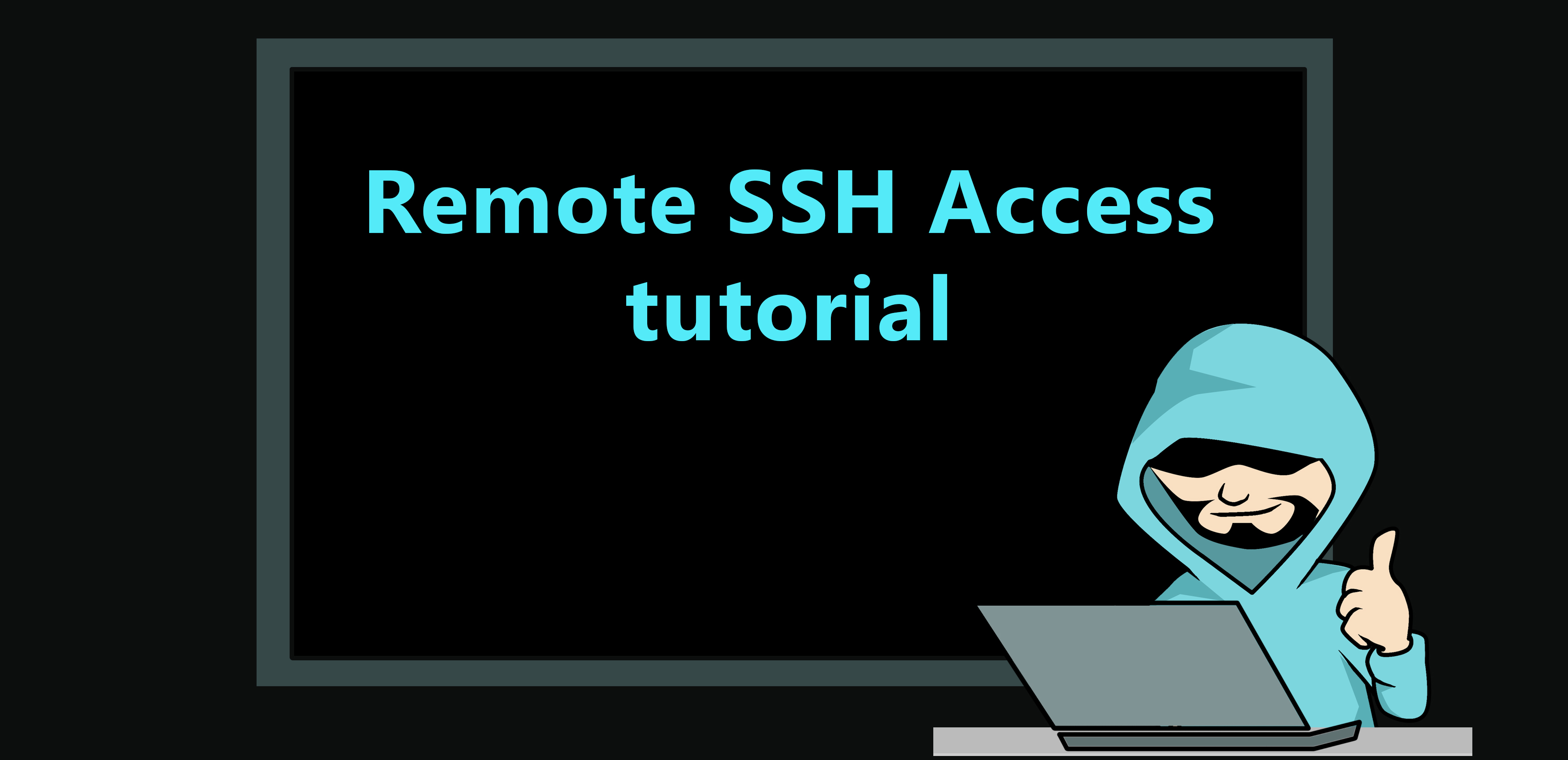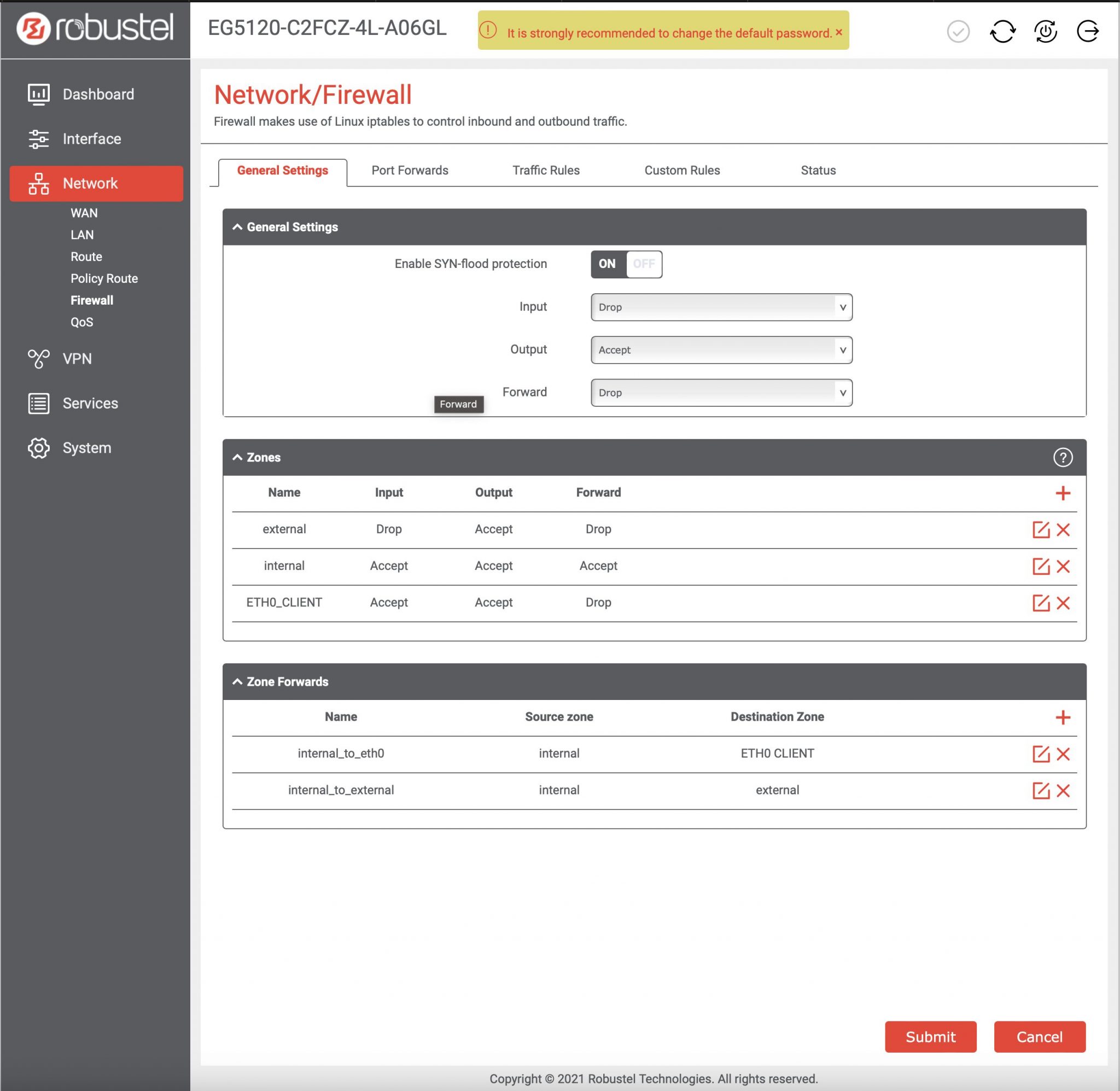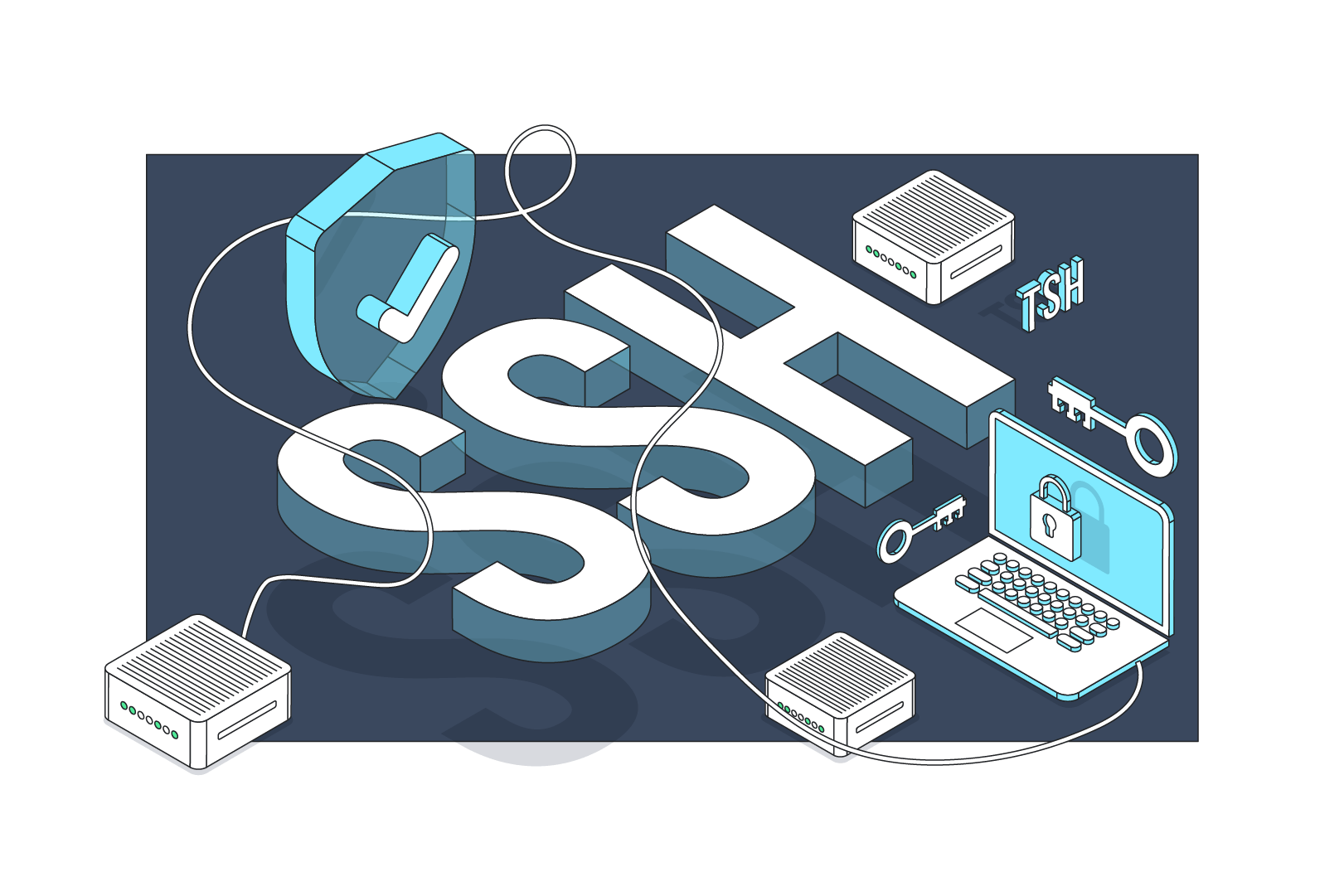Thinking about how you connect with your devices, especially those out in the real world, can feel like a big deal, you know? There are so many gadgets, little sensors, and machines that do all sorts of things, and sometimes you need to check in on them, or maybe give them a little instruction. This is where getting to them from a distance, without being right there, really comes in handy. It’s about making sure your smart things are doing what they should, even when you're not around.
Imagine you have a small computer, maybe a sensor that watches the temperature in your garden, or a tiny device helping with a farm task, and you need to talk to it. Perhaps you want to see what it's reporting, or give it a fresh set of instructions. Getting to these things from a computer screen, perhaps even from your couch, is a pretty neat idea. It saves you a trip, that's for sure.
This guide will show you a friendly way to do just that, using something called "web SSH" with your remote IoT setup. It’s a straightforward path to getting control of your distant devices, letting you send commands and get information back, all through your web browser. It's a way to keep things running smoothly, actually.
Table of Contents
- What is RemoteIoT Web SSH and Why Does It Matter?
- Getting Ready - What Do You Need for RemoteIoT Web SSH?
- How Do You Connect Using RemoteIoT Web SSH?
- Keeping Your RemoteIoT Web SSH Connection Secure?
- What Are Some Common Uses for RemoteIoT Web SSH?
- What If Something Goes Wrong with RemoteIoT Web SSH?
- Tips for a Smoother RemoteIoT Web SSH Experience
- The Future of RemoteIoT Web SSH Access
What is RemoteIoT Web SSH and Why Does It Matter?
So, you might be wondering, what exactly are we talking about when we say "remote IoT web SSH"? Well, let's break it down a little. Remote IoT, that's just about having devices, like little computers or sensors, that are not right next to you. They could be across the room, or even across town, you know? These are the 'things' that make up the Internet of Things, doing their job quietly from a distance. It's a pretty neat concept, in a way.
Then there's SSH. This stands for Secure Shell. Think of it as a very safe, private way to talk to another computer over a network. It's like having a secret, coded phone line straight to your device, where only you can hear and speak. This is super important because it keeps your information and your device's workings private. You wouldn't want just anyone listening in, would you? That's just a little bit of what it does.
Now, add "web" to SSH, and you get something truly convenient. Web SSH means you can use your regular internet browser, like the one you're using to read this, to open up that secure line to your distant device. You don't need to install special programs on your computer, which is really handy. It makes getting to your remote IoT things a whole lot simpler, so you can check on them or give them new instructions from almost anywhere. It really is quite useful, honestly.
Understanding Remote IoT Connections
When we talk about remote IoT connections, we're talking about the ways your little smart gadgets get to communicate with the wider world, and with you. These connections are usually over the internet, using things like Wi-Fi, mobile phone networks, or even special low-power radio signals. The important part is that these devices are set up to send and receive information without needing a direct cable to your main computer. It's a bit like sending a letter through the mail, but much, much faster, you know?
Each remote IoT device usually has its own unique address on the network, sort of like a house number. This address lets you, or another computer, find it and send messages to it. For instance, a weather sensor might send temperature readings to a central server, or you might send a command to a smart light to turn on. The connection needs to be reliable, otherwise, your messages might get lost, and that's not what we want, is it?
Making sure these remote IoT devices can be reached and can talk back is a big part of why we use tools like SSH. It's all about making sure that two-way chat happens smoothly and safely. If the connection isn't good, you might find yourself waiting for a long time for a response, or perhaps not getting one at all. It's like trying to talk on a crackly phone line, basically.
The Benefit of Web SSH for RemoteIoT Access
So, why go for web SSH when you're dealing with remote IoT stuff? Well, there are some pretty good reasons. The main one is how easy it makes things. You don't have to download or set up any special software on your own computer. You just open your web browser, type in an address, and you're more or less ready to go. This means you can get to your devices from almost any computer that has internet access, which is super convenient, you know?
Another nice thing about web SSH for remote IoT is that it often helps get around those tricky network settings that can sometimes block direct connections. Imagine your home or office network has a sort of guard dog that stops unknown visitors. Web SSH often works through a different path, which means that guard dog is less likely to bark at it. This makes it a lot simpler to get connected without needing to be a network wizard, which is something many people appreciate, actually.
Plus, because it's web-based, the way it looks and feels can be pretty consistent no matter what kind of computer you're using. Whether you're on a Windows machine, a Mac, or something else, the experience should be quite similar. This consistency really helps when you're trying to manage a bunch of remote IoT devices. It just makes the whole process feel a lot less complicated, and that's a good thing, you know?
Getting Ready - What Do You Need for RemoteIoT Web SSH?
Before you start poking around with your remote IoT devices using web SSH, you'll want to gather a few things and make sure everything is in its proper place. It's a bit like getting your tools ready before you start a project. Having everything sorted out beforehand saves you time and makes the whole process go a lot smoother. It's just good practice, really.
First off, you'll need your remote IoT device itself, obviously. This could be a tiny computer like a Raspberry Pi, or perhaps a sensor board that has some processing power. It needs to be powered on and connected to the internet. If it's not online, you won't be able to talk to it, will you? So, make sure it has a good internet connection, whether that's through Wi-Fi, an ethernet cable, or something else. That's a pretty basic requirement, so.
Then, you'll need a way to access the web SSH service. This usually means having an account with a service provider that offers web SSH for IoT devices. Some companies offer this as part of their broader IoT platform. You'll need your login details for that service, like a username and a secret word or phrase. Without these, you won't be able to get in, which is sort of the point, you know? It's like having the key to a locked door.
Your Remote IoT Device Setup
To prepare your remote IoT device, there are a couple of things to check. Make sure that the SSH service is actually running on the device itself. Sometimes, this is turned off by default for security reasons, so you might need to switch it on. This usually involves connecting to the device directly at first, perhaps with a keyboard and screen, or through a local network connection, just to get it ready. It's a one-time setup thing, for the most part.
You'll also need to know the network address of your remote IoT device. This is often an IP address, a series of numbers that identify it on the internet. Your web SSH service will need this address to know where to send your commands. Sometimes, the service helps you find this, or you might have set it up when you first got the device going. It's a bit like knowing the street address of a house you want to visit, you know?
Finally, make sure your remote IoT device has a good, strong secret word or phrase for its SSH access. Don't use something super simple like "12345" or "password." Pick something long and tricky for others to guess. This is really important for keeping your device safe from unwanted visitors. It's like having a really good lock on your door, and you definitely want that, right?
Setting Up Your Web SSH Tool
When it comes to setting up your web SSH tool, most of the work is done by the service provider. You'll typically just need to go to their website and log into your account. Once you're in, there's usually a section or a button that lets you start an SSH session. It's usually pretty clear where to click, so.
You might need to tell the web SSH tool which remote IoT device you want to connect to. This is where that device's network address comes in handy. You'll type that in, along with the username for the device. The web SSH service acts as a go-between, connecting your browser to your distant device securely. It's pretty clever how it works, actually.
Sometimes, the web SSH service will ask you for a special key instead of a password. This is an even more secure way to connect. If your remote IoT device is set up to use a key, you'll upload or provide that key to the web SSH tool. This extra step makes things even safer, which is always a good idea when you're talking to devices out in the world. It's just an added layer of protection, you know?
How Do You Connect Using RemoteIoT Web SSH?
Alright, so you've got your remote IoT device ready, and you've got your web SSH tool all set up. Now comes the fun part: making the actual connection. It's not nearly as hard as it might sound, honestly. It's pretty much a few clicks and some typing, and then you're in. It's a bit like dialing a phone number and waiting for someone to pick up, more or less.
The first step usually involves logging into your web SSH service provider's website. Once you're in, you'll look for the option to start a new SSH session or connect to a device. This is where you'll tell the service which of your remote IoT devices you want to talk to. You'll likely pick it from a list, or maybe type in its specific address. It’s usually a pretty straightforward screen, so.
After you select your device, the web SSH tool will try to make that secure connection. You might see some messages pop up on your screen, sort of like a computer talking to itself, while it tries to link up. If everything is set up correctly, you'll then be asked for the secret word or phrase for your remote IoT device. Once you put that in, you should see a command line interface appear, and that means you're connected! You're in, basically.
Making the Initial Connection for Remote IoT
To get that first connection going for your remote IoT device, you'll typically open your web browser and head to the specific web address provided by your web SSH service. This might be a special portal or a dashboard where you manage all your distant gadgets. You'll then put in your login details for that service, which might be different from the login for your actual IoT device. It's like logging into your email before you can send a message, you know?
Once you're logged into the web service, you'll usually find a section that lists your registered remote IoT devices. You pick the one you want to work with. The system will then ask for the username and the secret word or phrase for *that specific device*. This is an important security step, making sure only authorized people can get in. It's a double-check, sort of.
If all the information you provide is correct, the web SSH interface will appear in your browser. This often looks like a plain black screen with some white text, and a blinking cursor. This is your direct line to your remote IoT device, ready for you to type in commands. It's a pretty cool feeling when that connection finally goes through, honestly.
Working with Your Remote Device
Once you're connected through web SSH, you're essentially sitting right in front of your remote IoT device, even if it's miles away. You can type commands directly into the browser window, and your device will follow those instructions. For example, you could type "ls" to see a list of files on the device, or "pwd" to find out which folder you're currently in. It's very much like using a computer's command prompt, you know?
You can also send commands to check on the device's status. Maybe you want to see how much space is left on its storage, or how busy its little brain is. You can also start programs, stop them, or even tell the device to restart itself. It's a lot of control, which is super helpful when you're managing things from a distance. It's like having a remote control for a very clever machine, basically.
When you're done, it's a good idea to properly close your SSH session. You can usually do this by typing "exit" and pressing enter, or by clicking a "disconnect" button in the web SSH interface. This makes sure your connection is properly shut down, which is good for security and keeps things tidy. It's like hanging up the phone when you're done talking, you know?
Keeping Your RemoteIoT Web SSH Connection Secure?
Keeping your remote IoT web SSH connection safe and sound is super important. Think of it like putting a strong lock on your front door. You wouldn't want just anyone walking into your house, and you definitely don't want just anyone getting into your devices. There are some simple steps you can take to make sure your connections are well protected, which is something you should always think about, you know?
The first and perhaps most important thing is to use very strong secret words or phrases for both your web SSH service account and for your individual remote IoT devices. Avoid using common words, names, or simple number sequences. Instead, go for a mix of upper and lower case letters, numbers, and special symbols. The longer and more random it is, the better. It's like having a really complex code that's hard to crack, so.
Another good practice is to use what's called two-factor authentication if your web SSH service offers it. This means that even if someone figures out your secret word, they still can't get in without a second piece of information, like a code sent to your phone. It's an extra layer of protection that makes things much, much safer. It's like needing two keys to open a door, which is pretty clever, you know?
Important Steps for Remote IoT Security
For your remote IoT device itself, make sure you keep its software up to date. Software updates often include fixes for security weaknesses, which is really important. If you don't update, you might be leaving a little door open for unwanted visitors. It's like fixing a leaky roof before it causes a big problem, basically.
Also, consider using SSH keys instead of just secret words. SSH keys are like a pair of very unique digital fingerprints. One part stays on your computer or with the web SSH service, and the other part is on your remote IoT device. They have to match perfectly for a connection to happen. This is generally considered much safer than using a secret word alone. It's a pretty strong way to verify who you are, honestly.
Finally, limit what the user account you connect with can do on your remote IoT device. Don't use an account that has full control over everything unless it's absolutely necessary. Create a separate account with fewer permissions for your regular tasks. This way, even if someone
Related Resources:



Detail Author:
- Name : Dr. Darian Koch MD
- Username : lonnie.bogisich
- Email : pinkie22@bernier.info
- Birthdate : 1990-10-22
- Address : 24118 Hayes Inlet Apt. 256 Port Ulices, WV 77942
- Phone : +1-816-682-3517
- Company : Crist LLC
- Job : Chemistry Teacher
- Bio : Quasi cumque harum debitis voluptatem. Ut eaque amet id enim vitae sint. Fuga iste qui aut nam aspernatur blanditiis qui ut.
Socials
twitter:
- url : https://twitter.com/cassini
- username : cassini
- bio : Cupiditate sit consequatur qui rem dolores est. Ullam aut veritatis suscipit rerum quasi porro qui. Ab quia velit excepturi quisquam incidunt libero.
- followers : 4484
- following : 2559
instagram:
- url : https://instagram.com/ila5801
- username : ila5801
- bio : Et necessitatibus et dolor et a ut et. Cumque aut culpa distinctio et dolores ipsum.
- followers : 5769
- following : 2538
facebook:
- url : https://facebook.com/ila.cassin
- username : ila.cassin
- bio : Nisi iste pariatur itaque eius.
- followers : 699
- following : 2512